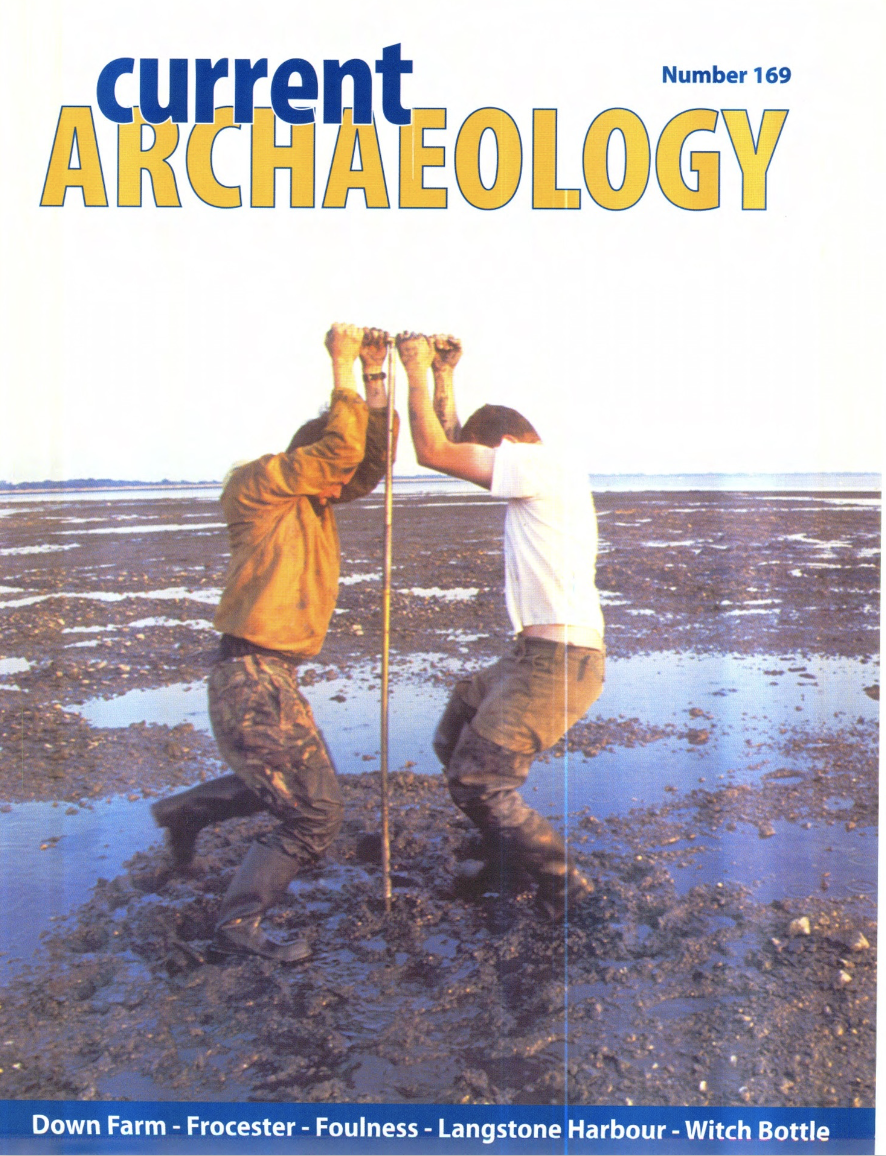Which are the most impressive long-term research excavations carried out in this country in recent years? The highlights of this issue are two of the best examples. Both are the work of farmer-archaeologists, digging on their own farms, their work carried out within a few hundred yards of their front doors.
Martin Green at Down Farm lives in the middle of Cranborne Chase: the
Dorset Cursus, the great Neolithic monument that runs ten miles across country runs right through the middle of his farm. Sixyears ago in Current
Archaeology 138, he described his early work. Since then, he has made some even more spectacular discoveries…
It was forty years ago that Eddie Price first began investigating the Roman remains in the field opposite his home at Frocester Court. He came down immediately onto a Roman mosaic and realised that there was a Roman villa there. He has been discovering ever since that the villa was only a small part of the story. He has commissioned a fine set of drawings of the various phases which form the highlights of this fascinating account.
A rather different research project has been the investigation of Langstone
Harbour. Langstone Harbour is perhaps the least known of the three great inlets on the south coast, nestling between Portsmouth Harbour and
Chichester Harbour. However, it is very shallow and at low tide shows extensive mud flats. But when did it become a harbour? Mike Alien describes what has been discovered.
How do you kill a witch? The answer is to prepare a witch bottle, and witch bottles were often buried in the 17th century to ward off the attacks of a witch –
but what did they contain? Alan Massey has been using a range of techniques to investigate the interesting contents.
Finally, yet another long term research project, this time Peter Halkon’s research into the Humberside wetlands around Foulness- when did they dry out? In the process he has discovered one of the largest Iron Age slag heaps yet found in this country.

